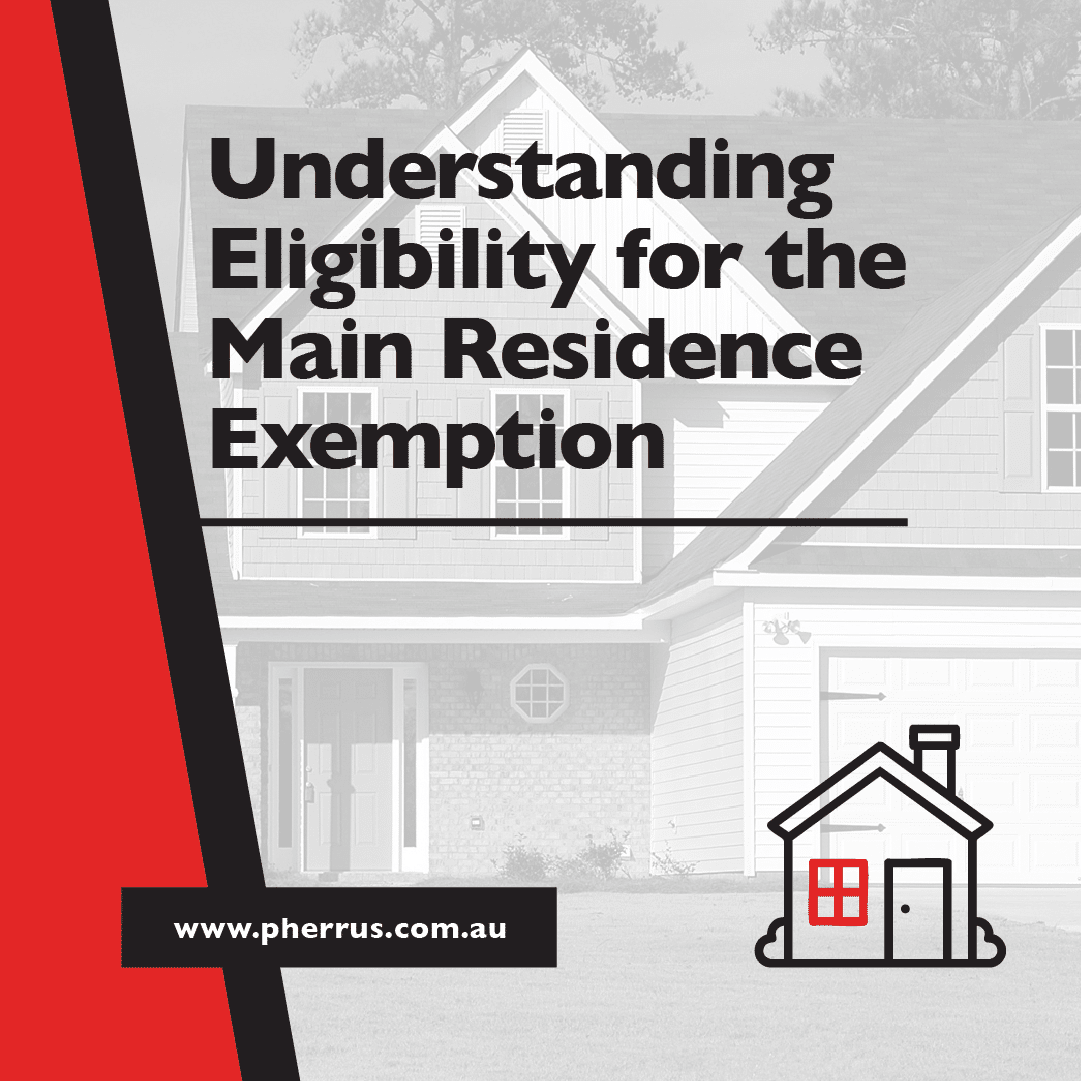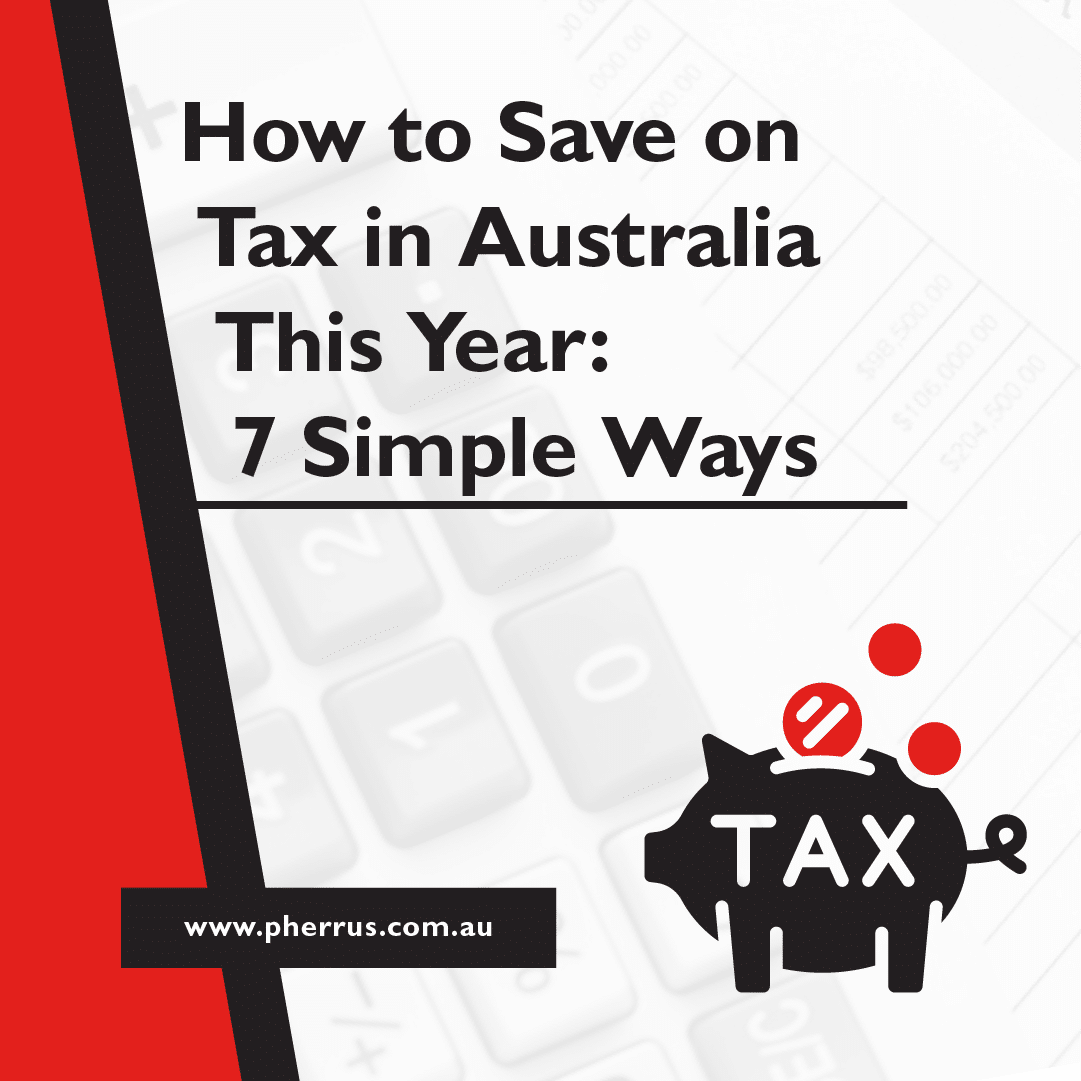Selling a property in Australia can come with significant tax consequences, especially when it involves Capital Gains Tax (CGT).
However, homeowners may be eligible for the main residence exemption, which can reduce or even eliminate any CGT liability on the sale of their primary home.
Claiming the main residence exemption requires meeting specific conditions and following ATO procedures to ensure you are entitled to the exemption.
This exemption is set out under the Income Tax Assessment Act 1997 – Section 118.45.
You can access the full legislation here.
The exemption applies to your principal place of residence, which is the property you treat as your main home for tax purposes.
For tax purposes, your place of residence is generally where you live on a full time basis and is considered your main or only home.
The rules are not always straightforward.
Understanding the eligibility requirements is essential to avoid unexpected tax bills.
Below, we unpack the key conditions and considerations to help you determine if you qualify.

What Is the Main Residence Exemption?
The main residence exemption allows individuals to disregard some or all of the capital gain (or capital loss) made when selling their house, provided it is their main residence.
The purpose of this exemption is to ensure that people are not unfairly taxed on the sale of the house they live in as their primary residence.
Only one property can be treated as your main residence at a time.
If you own more than one property, you may need to decide which of your main residences qualifies for the exemption to maximise your tax benefits.
However, the exemption does not automatically apply to every property sale.
It is subject to several conditions, including who owns the property, how it was used, the size of the land, and, in some cases, the residency status of the owner.

Who Meets the Criteria?
The exemption is strictly limited to individuals.
This means that companies, trusts, and other entities cannot claim the benefit.
A company is not eligible to claim the main residence exemption.
To qualify fully, the property must have been your main residence throughout the entire period you owned it.
In most cases, this also means that your spouse and any dependents lived there as well.
If the property was not your main residence for the whole ownership period, you may still be eligible for a partial exemption, depending on how the property was used.

When You May Lose Eligibility
Even if the property is your home, you can lose the main residence exemption if it has been used to produce income. This includes:
- Running a business from the property.
- Renting out part of the property at any time.
- Purchasing the property as part of property investments with the clear intention of selling at a profit (for example, buying, renovating, and flipping). Renovating a property with the intention to sell may affect your ability to claim the main residence exemption, as investment strategies and improvements can impact eligibility.
The ATO takes the purpose and use of the property seriously when determining eligibility.
If the property was never genuinely used as your main home, the exemption may not apply.

Land Size and the 2 Hectare Rule
The exemption applies not only to the dwelling itself but also to the land immediately around it. However, there are limits.
- To qualify for the full exemption, the property must be on 2 hectares or less.
- If you own more than 2 hectares, you may nominate which part of the land (up to 2 hectares, including the area directly under the dwelling) is exempt.
- Any land above this threshold is subject to CGT. In such cases, you may need to calculate the proportion of the capital gain that is exempt from tax.
This rule is particularly important for rural properties, lifestyle blocks, or large suburban lots.
Even if the whole property is your primary residence, you may face a tax liability on the portion of land exceeding 2 hectares.
Vacant Land and Subdivision Rules
A common question is whether vacant land qualifies for the exemption.
The short answer is no. The main residence exemption only applies to dwellings, not to vacant land.
Selling a vacant block of land does not entitle you to the main residence exemption, even if you once lived on it.
Subdividing your property adds further complexity.
When you subdivide and sell part of your land, the ATO will assess whether the profit is treated as a capital gain or as ordinary income.
In some cases, GST implications may also apply, particularly if the activities resemble a property development business.
Additionally, the relation between parties-such as family members or beneficiaries-can affect how the exemption applies if the property, or a dwelling on it, is transferred or inherited.
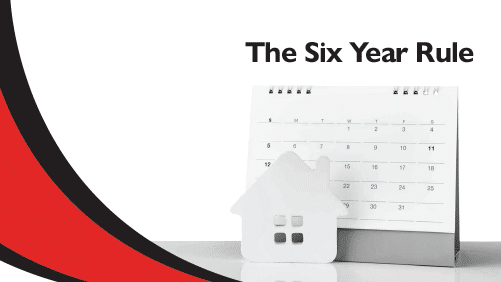
The Six Year Rule
The six-year rule is a valuable extension of the main residence exemption, offering flexibility for property owners who need to move out of their home temporarily.
Under this rule, you can continue to treat your property as your main residence for capital gains tax purposes for up to six years after you stop living there, even if you rent it out or use it for other purposes.
To qualify for the six-year rule, the property must have been your main residence at some point, and you must not claim another property as your main residence during the same period.
This means that one property only can be treated as your main residence for exemption purposes at any given time.
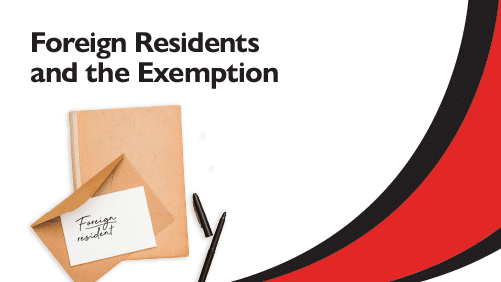
Foreign Residents and the Exemption
In recent years, the rules for foreign residents have tightened significantly.
Generally, foreign residents are not entitled to the main residence exemption unless they satisfy the life events test.
However, certain life events may extend the exemption to foreign residents who would otherwise not qualify.
The Life Events Test
If you were a foreign resident for six years or less, you may qualify if one of the following occurred during that time:
- You, your spouse, or a child under 18 was diagnosed with a terminal medical condition.
- Your spouse or child under 18 passed away.
- You disposed of the property due to a formal agreement following the breakdown of a marriage or relationship.
If these conditions are met, and you otherwise qualify, you may still be able to claim the exemption.
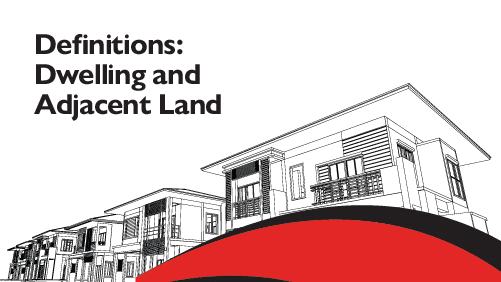
Definitions: Dwelling and Adjacent Land
To avoid confusion, the legislation provides specific definitions.
A dwelling includes:
- A building or part of a building used mainly for residential accommodation.
- Mobile homes such as caravans or houseboats.
- The land immediately under the accommodation.
Adjacent land refers to land adjoining the dwelling that is primarily used for personal or domestic purposes.
The maximum area that can be covered by the exemption is 2 hectares, less the area directly under the dwelling.
The ATO allows up to six months for a person to have two main residences during a transition period, provided certain conditions are met.

Reporting CGT Events
Even if you are confident that your property qualifies for a full exemption and no tax is payable, you must still report the CGT event in your income tax return.
If your property does not fully qualify for the exemption, you may need to pay tax on the capital gain.
This is done through the Capital Gains Schedules, where you apply the main residence exemption to show that the result is nil.
Failing to report could raise red flags with the ATO and lead to unnecessary scrutiny.

Why Professional Advice Matters
Understanding the eligibility requirements for the main residence exemption is critical to ensuring you don’t face unexpected Capital Gains Tax when selling your home.
Factors such as property use, land size, and residency status all play a role in determining whether you qualify.
At Pherrus, we specialise in guiding clients through complex tax rules, including CGT and property-related exemptions.
Whether you’re selling your family home, subdividing land, or navigating foreign residency rules, our team can help you achieve the best possible tax outcome.
Contact Pherrus today for expert advice on the main residence exemption and all your CGT obligations.


